KE-15 - Models of benefits

- Describe recent models of the benefits of GIS&T applications
- Explain how profit considerations have shaped the evolution of GIS&T
- Outline the elements of a business case that justifies an organization’s investment in an enterprise geospatial information infrastructure
- Discuss the extent to which external costs and benefits enhance the economic case for GIS

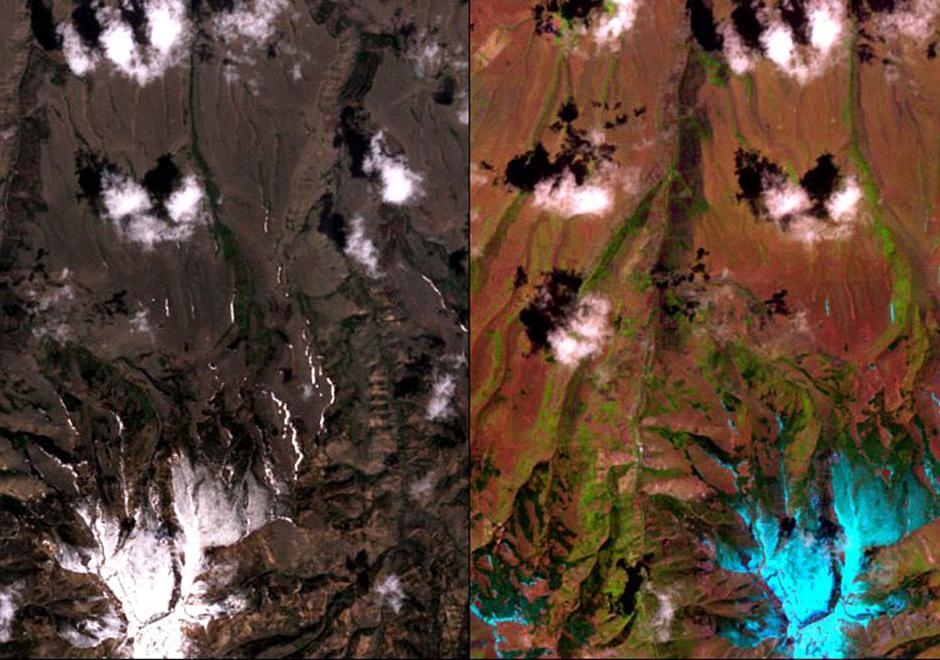
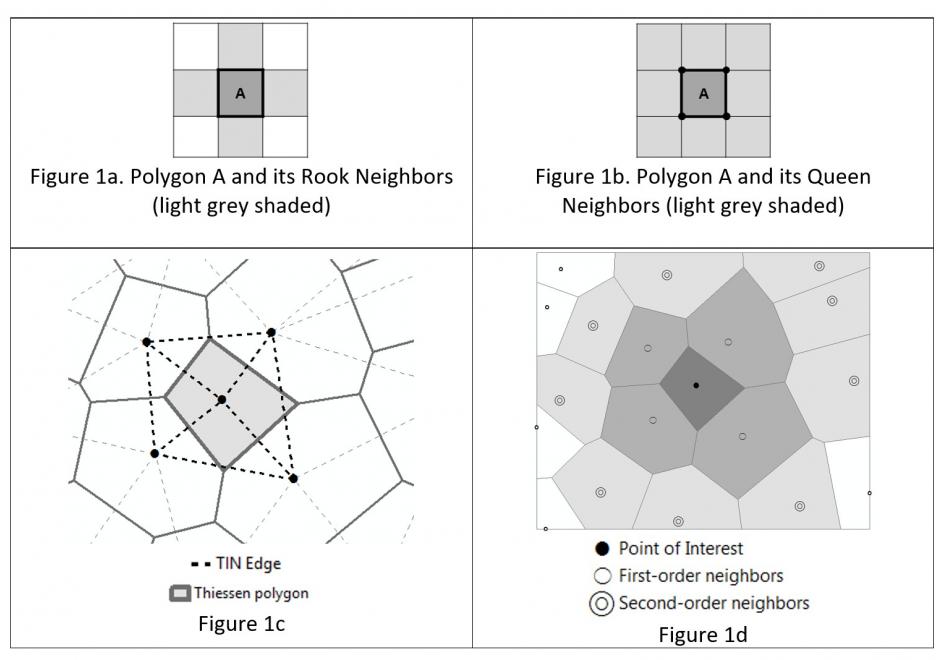
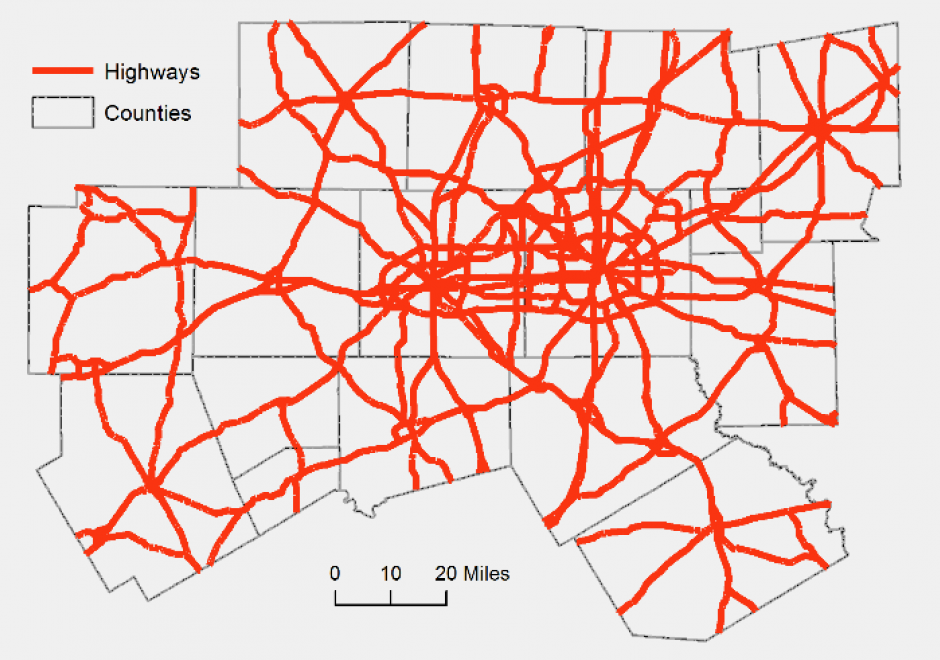
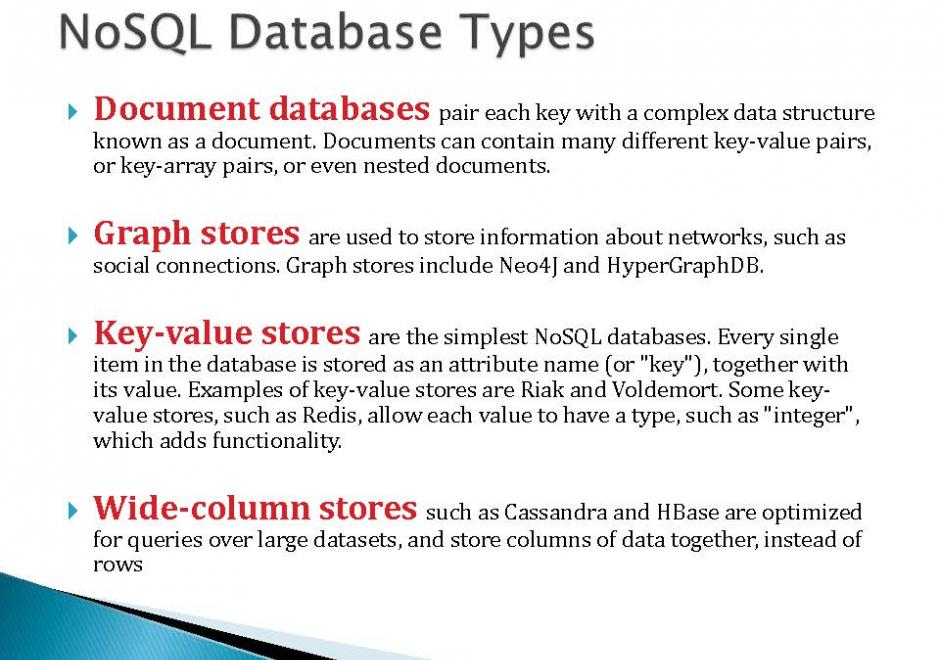

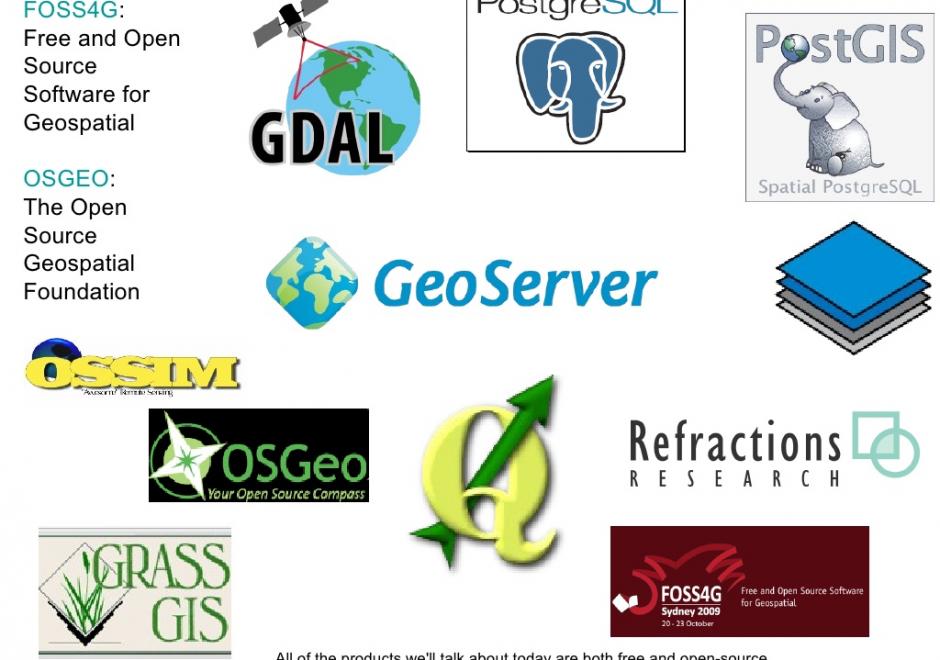
AM-44 - Modelling Accessibility
Modelling accessibility involves combining ideas about destinations, distance, time, and impedances to measure the relative difficulty an individual or aggregate region faces when attempting to reach a facility, service, or resource. In its simplest form, modelling accessibility is about quantifying movement opportunity. Crucial to modelling accessibility is the calculation of the distance, time, or cost distance between two (or more) locations, which is an operation that geographic information systems (GIS) have been designed to accomplish. Measures and models of accessibility thus draw heavily on the algorithms embedded in a GIS and represent one of the key applied areas of GIS&T.